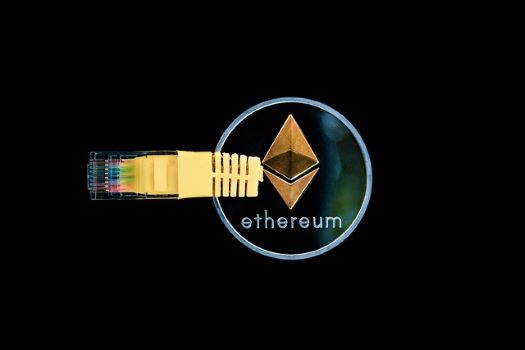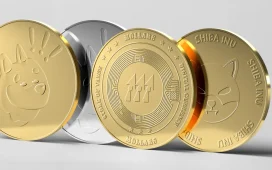Token economics is an integral part of any blockchain-based platform and plays a significant role in determining the success or failure of a token. Token economics refers to the design and implementation of rules and incentives that govern the creation, distribution, and use of tokens within a decentralized network. For more information visit bitcointrader2.
 In recent years, Ethereum has become one of the most popular blockchain platforms, and its popularity is largely due to the wide range of token models it supports. Ethereum is often considered a “token factory” as it has enabled the creation of thousands of tokens, each with its unique token economics.
In recent years, Ethereum has become one of the most popular blockchain platforms, and its popularity is largely due to the wide range of token models it supports. Ethereum is often considered a “token factory” as it has enabled the creation of thousands of tokens, each with its unique token economics.
In this article, we will examine the different token models being used on Ethereum and the economics behind them. We will cover the following token models:
- Utility Tokens
- Security Tokens
- Non-Fungible Tokens (NFTs)
Utility Tokens
Utility tokens are tokens that are designed to be used within a specific decentralized application (dApp) to access its services or features. These tokens are used to facilitate transactions within the dApp, and their value is directly tied to the success and adoption of the dApp.
The Economics of Utility Tokens
Utility tokens are typically created through an initial coin offering (ICO), where investors can purchase tokens in exchange for ether (ETH). The funds raised through the ICO are then used to develop and launch the dApp. The value of the utility tokens is tied to the success and adoption of the dApp. If the dApp becomes popular and widely used, the demand for its tokens will increase, driving up their value.
Utility tokens can also be used to reward users for participating in the network and performing specific tasks. For example, users can be incentivized to provide computing power to the network by being paid in tokens. This helps to secure the network and increase its decentralization.
Security Tokens
Security tokens are tokens that represent ownership of an underlying asset, such as stocks, real estate, or precious metals. These tokens are used to digitize and tokenize traditional assets, making it easier and more efficient to trade and transfer ownership.
The Economics of Security Tokens
The value of security tokens is tied to the underlying asset they represent. For example, if a security token represents ownership of a stock in a publicly traded company, its value will be directly tied to the performance of the company.
Security tokens can be traded on decentralized exchanges, just like traditional stocks. However, the main difference is that security tokens are traded on a blockchain, which provides a tamper-proof and transparent ledger of all transactions. This makes it easier and more efficient to trade and transfer ownership of these assets.
In addition to trading, security tokens can also be used to raise funds for companies. Just like an initial public offering (IPO), companies can issue security tokens to raise capital. This is known as a security token offering (STO).
Non-Fungible Tokens (NFTs)
Non-Fungible Tokens (NFTs) are unique digital assets that represent ownership of a specific item or piece of content, such as artwork, music, or video games. NFTs are unique in that they cannot be replicated or duplicated, making them one-of-a-kind assets.
The Economics of NFTs
NFTs have become increasingly popular in recent years, and their value is tied to their uniqueness and rarity. The value of an NFT is determined by supply and demand, just like any other asset. If there is high demand for a specific NFT, its price will increase, and if there is low demand, its price will decrease. The value of an NFT can also be influenced by the reputation and popularity of the creator, as well as the perceived value of the item or content it represents.
NFTs are typically bought and sold on decentralized marketplaces, such as OpenSea or Rarible. These marketplaces provide a platform for NFT owners to buy, sell, and trade their unique assets.
Conclusion
Token economics plays a crucial role in determining the success or failure of a token. The different token models being used on Ethereum, including utility tokens, security tokens, and NFTs, each have their unique economics that determine their value and utility. Understanding the economics behind these token models is crucial for anyone looking to participate in the growing world of decentralized finance and blockchain technology.
In conclusion, the versatility and flexibility of the Ethereum platform have made it one of the most popular blockchain platforms, enabling the creation of a wide range of tokens with different economics. As the world of decentralized finance continues to evolve and mature, it will be interesting to see how the economics of these different token models continue to develop and evolve over time.










